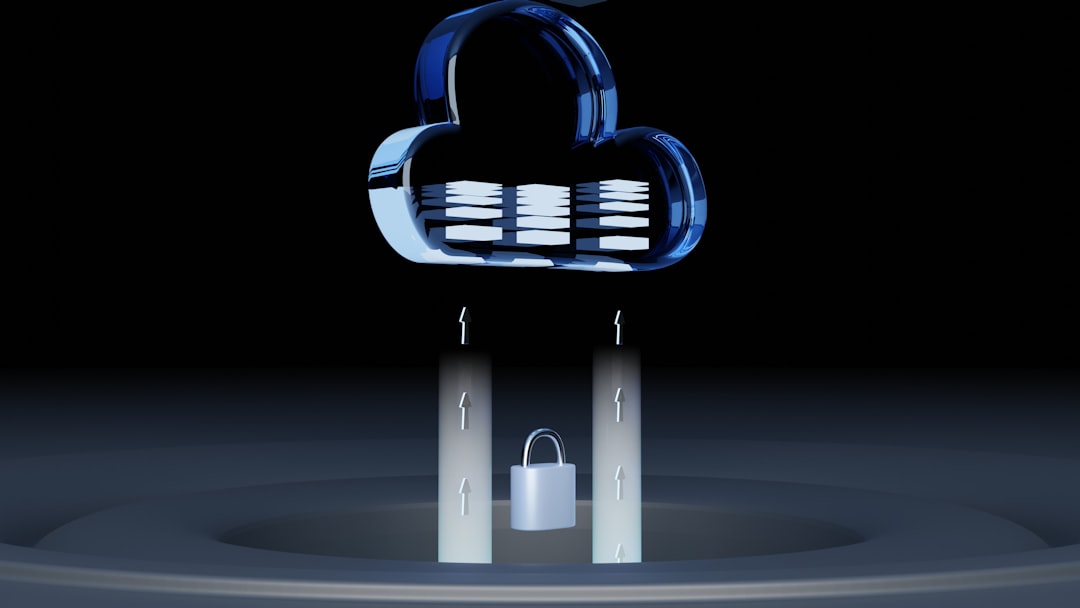In today’s increasingly connected world, remote access to critical infrastructure has become both a necessity and a double-edged sword. From energy grids and water systems to transportation networks and telecommunications, control systems are often managed and monitored remotely for increased efficiency and responsiveness. While this capability brings unparalleled convenience and functionality, it also carries a host of serious security risks that must not be ignored.
Critical infrastructure refers to the foundational systems and assets that are vital to a country’s security, economy, public health, and safety. With the rise of Industrial Internet of Things (IIoT) and digital transformation initiatives, more components of our infrastructure are being connected to the internet. This connectivity, however, opens the door to a variety of cyber threats.
Key Risks of Remote Access
Enabling remote access to infrastructure creates more entry points for potential attackers. The following list outlines some of the main risks:
- Unauthorized Access: If remote systems are not adequately secured, cybercriminals can gain access to sensitive control panels or databases. This could allow attackers to disable systems or manipulate data.
- Malware and Ransomware: Compromised remote access can be used to plant malicious software into a network. In extreme scenarios, ransomware can shut down entire utilities until a ransom is paid.
- Insider Threats: Employees or contractors with remote privileges may intentionally or accidentally cause harm to systems. Misconfigured access rights can magnify such threats.
- Data Interception and Eavesdropping: Without encryption, data transmitted over remote sessions can be intercepted, leading to espionage or data manipulation.
- Supply Chain Vulnerabilities: Many remote access solutions depend on third-party services. A compromise in any part of the supply chain can cascade across systems.

Real-World Incidents That Highlight Risks
The dangers of remote access vulnerabilities aren’t just theoretical. A number of real-world incidents have shown how impactful such breaches can be:
- Florida Water Treatment Plant (2021): Hackers gained remote access to a water treatment facility and attempted to increase the levels of sodium hydroxide. A vigilant operator caught the attempt in time, but the potential for harm was significant.
- Colonial Pipeline Attack (2021): A ransomware attack led to the shutdown of a major fuel pipeline in the United States, causing widespread fuel shortages and panic buying.
- Ukraine Power Grid (2015): In one of the first known successful cyberattacks on a power grid, attackers remotely accessed systems and caused blackouts for hundreds of thousands of residents.
These cases make it evident that remote access paths can serve as highways for cybercriminals unless robust security measures are in place.
Why Is Remote Access So Common Despite the Risks?
Remote access is attractive because it offers numerous operational advantages:
- Fast incident response: Technicians can diagnose and fix issues without being physically present.
- Cost efficiency: Reduces the need for on-site visits.
- Real-time monitoring: Allows for 24/7 oversight of critical systems.
- Centralized control: Enables consolidated management of widespread assets.
However, the speed and convenience must be balanced against the potential for catastrophic failures due to security breaches.

Best Practices to Mitigate Risks
Organizations can take several proactive steps to secure remote access to critical infrastructure:
- Implement Multi-Factor Authentication (MFA): Adds an extra layer of security beyond just passwords.
- Use Encrypted Communication Channels: VPNs and secure protocols like SSH can help protect data in transit.
- Conduct Regular Audits: Monitoring access logs helps in identifying abnormal activity.
- Limit Privileges: Use the principle of least privilege to restrict user access to only what’s absolutely necessary.
- Employee Training: Educate staff and contractors on secure practices and phishing awareness.
- Patch Management: Keep all systems and software updated to close known vulnerabilities.
Conclusion
The incorporation of remote access into critical infrastructure systems is a double-edged sword. It enhances operational capabilities but creates significant security risks that can have devastating consequences. Organizations must adopt a security-first mindset and implement rigorous protocols to safeguard these vital assets. The benefits of remote access can only be fully appreciated when the infrastructures they connect to are resilient, monitored, and secured against the evolving landscape of cyber threats.

